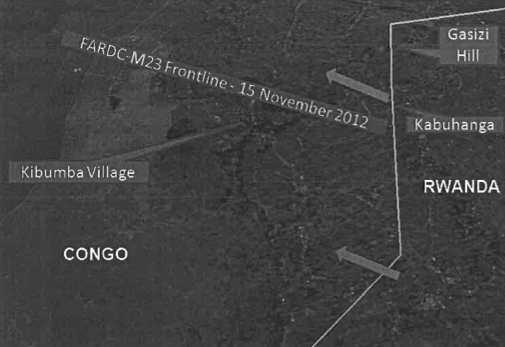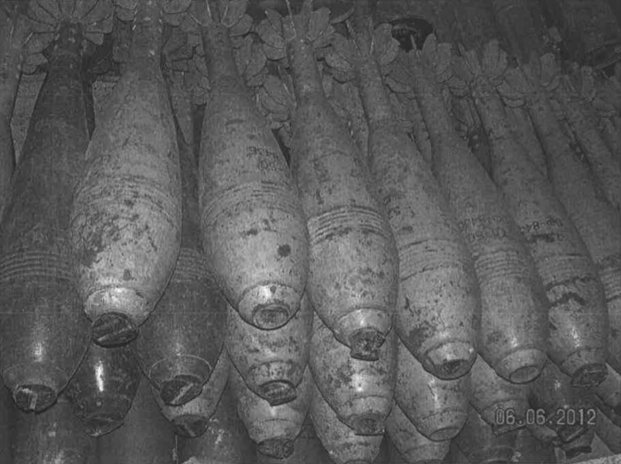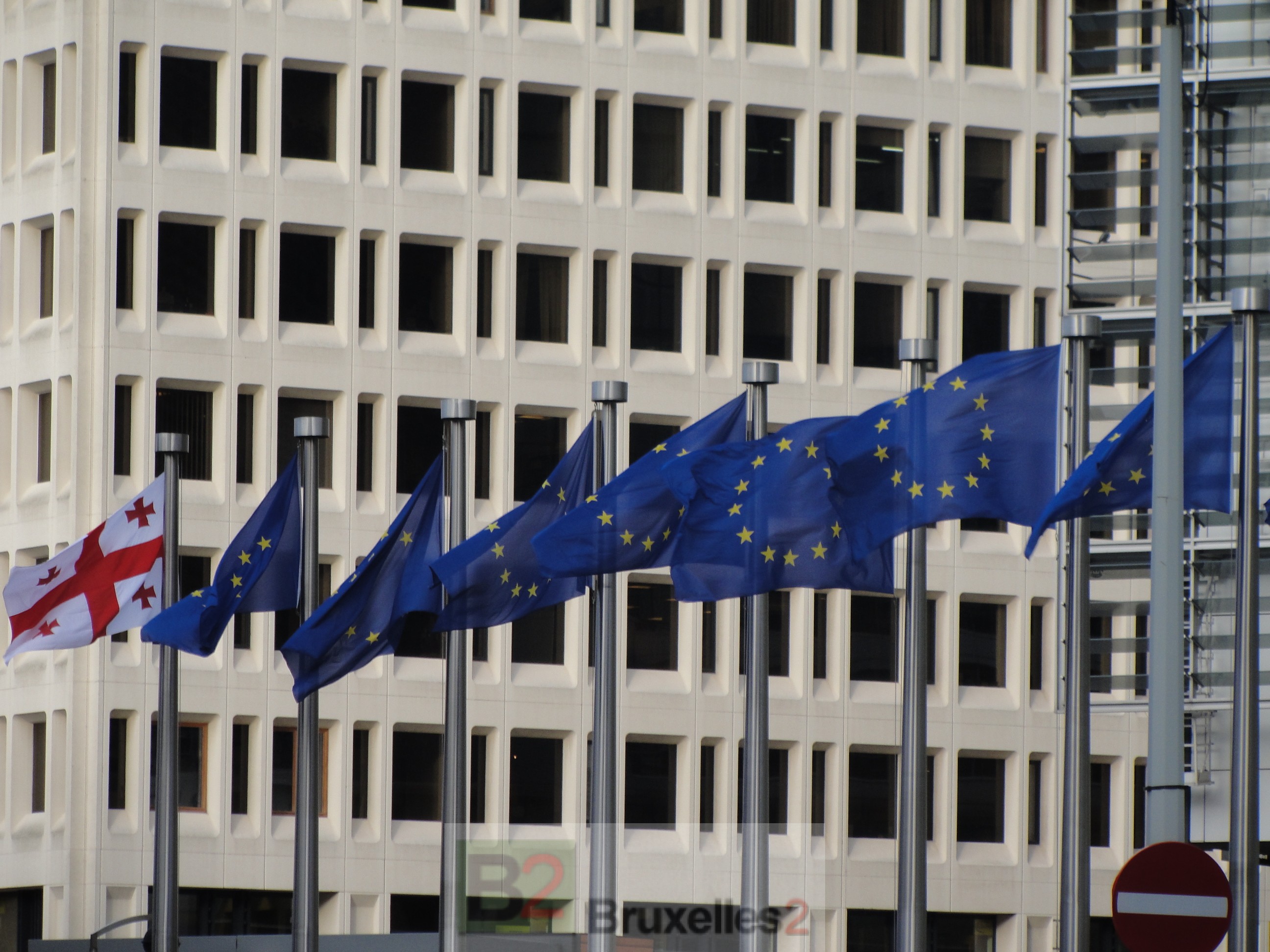Rwanda helped the M23 take Goma. A UN report proves it
(BRUXELLES2) The UN group of experts on the Democratic Republic of Congo is formal, with supporting evidence. Congolese positions in North Kivu were attacked by M23 rebels, hand in hand with Rwandan forces. In a supplement to the report published in early October 2012, the group of experts highlights a whole series of evidence that the Rwandan army, with Ugandan assistance* has "designed, equipped, trained, advised, reinforced and directly commanded the M23 offensiveon the province of North Kivu from November 15 to 22, as specified today in an article by New York Times, which is based on the UN document.
Equipment

For the experts, the offensive had been preparing for 2 months. The last report already mentioning an accumulation of foreign troops and deliveries of materials. Ugandan intelligence officers reported that the rebels had received large deliveries of logistical equipment. Experts having themselves witnessed the delivery of hundreds of boots to the rebels. Camouflage uniforms, which strangely resemble those of the Rwandan army, were also delivered. The goal being, according to the UN group, to create confusion in the event of support by the Rwandan regular army to the men of the M23.
Preparations
Three senior FARDC (Forces Armées de la République Démocratique du Congo) officers, four local officials and a former RDF officer confirmed that, at the end of October, an additional Rwandan battalion came to support the M23 positions in Bukima and Tshengero. Two Ugandan companies of the UPDF were also redeployed to Busaza, on the border with the Congolese town of Kitagoma, in order to defend the territories under the control of the M23 (Rutshuru) while the latter abandoned its positions to take Goma.

Offensive
During the rebel offensive on Goma airport, the group of experts affirm that four companies of the 305th Rwandan brigade, three companies of other brigades and a unit of the Rwandan Special Forces crossed the border to open a second front on Kibumba. In all, more than 1000 Rwandans fought the FARDC in Kibumba. To which are added the troops already integrated within the M23 downstream of the operations. Again, during the capture of the city, the 73rd and 75th battalions of the FRD supported the rebels.

Members of the observation group (EJVM) of the International Conference on the Great Lakes Region - and composed of soldiers - heard mortar fire emanating from Rwanda.
Several bodies of assailants wearing Rwandan uniforms were also found.
Operations Command
The head of the Rwandan army in the west, General Ruvusha himself was reportedly seen in the DRC, commanding the operations of the rebel Colonel Makenga. For the UN experts, there is no doubt that in Kigali Generals Kabareba, Nziza and Kayonga planned the whole strategy of the operation and gave their orders directly to Ruvucha, Makenga and Ntaganga (leader of M23).
(*) The group did not specify the degree of Ugandan support for M23 forces, citing only support “from Uganda».
Download the original report here

